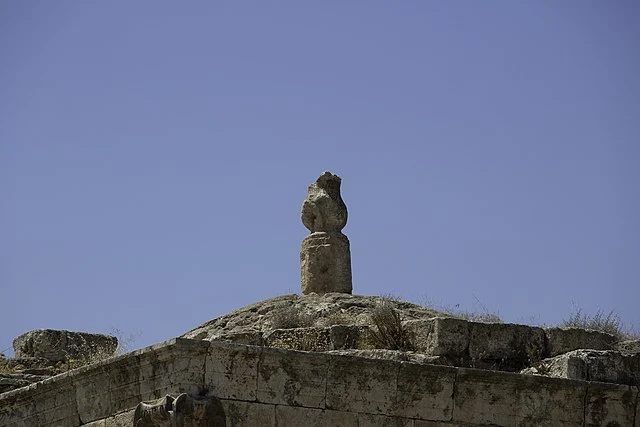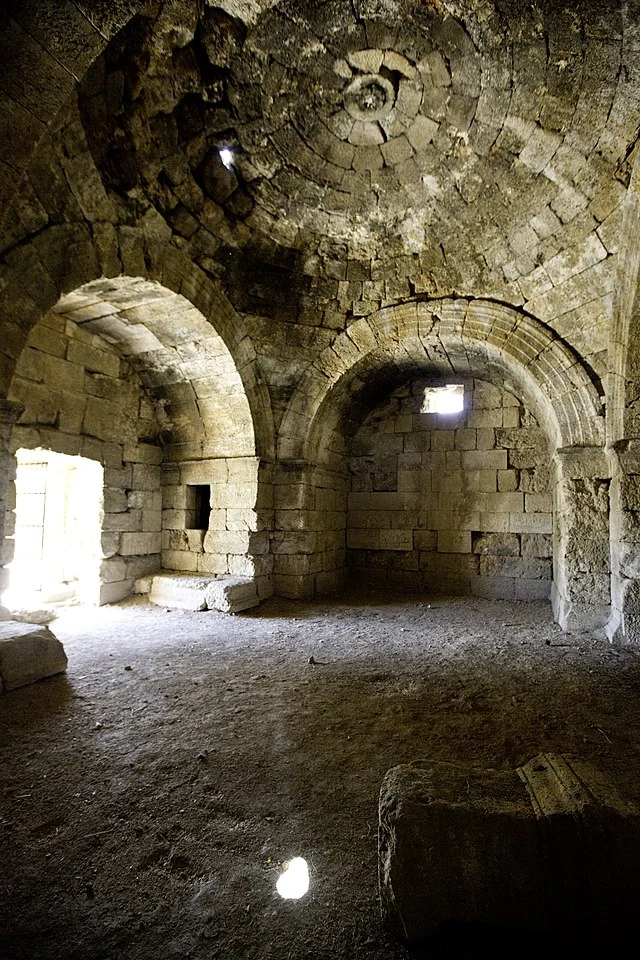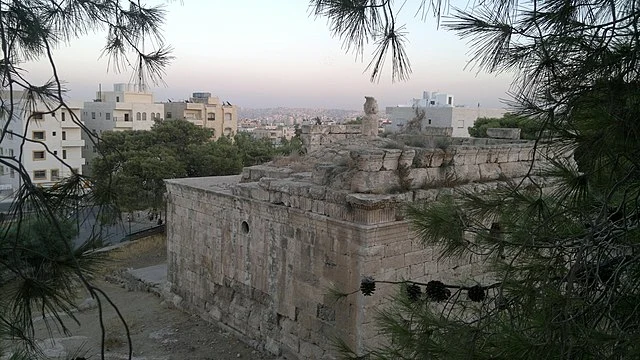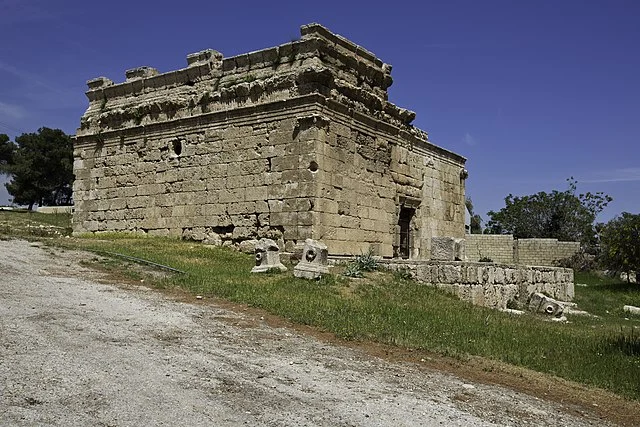Nujais Shrine is a significant archaeological and historical site located in the northwestern region of Saudi Arabia. This shrine dates back to the Nabataean period, which flourished from the 4th century BC until the 1st century AD. The Nabataeans, known for their advanced skills in architecture and trade, constructed this shrine as part of their expansive religious and cultural practices.
Get your dose of History via Email
Historical Context

The Nabataeans were a powerful Arab kingdom that controlled much of the trade routes between the Arabian Peninsula and the Mediterranean. They are best known for their capital, Petra, in modern-day Jordan, a UNESCO World Heritage site. Nujais Shrine, while less famous than Petra, is an important testament to the Nabataean presence in what is now Saudi Arabia. This region served as a strategic location for controlling trade routes and facilitating cultural exchange.
Architectural Features

The architecture of Nujais Shrine reflects typical Nabataean construction techniques. It consists of rock-cut chambers and a facade carved directly into the sandstone cliffs. The shrine’s design is simple yet functional, with its main chamber serving as a place of worship or ritual. The facade, while not as elaborate as those found in Petra, still displays elements of Nabataean artistic style, including smooth surfaces and symmetrical design.
Religious Significance
Nujais Shrine likely served as a religious site for the local Nabataean population. The Nabataeans practiced a polytheistic religion, worshipping a variety of gods and goddesses. The most important deity was Dushara, the god of the mountains, often associated with fertility and protection. Shrines like Nujais would have been central to religious practices, serving as places for offerings, prayers, and ceremonies.
Archaeological Research

Archaeological studies at Nujais Shrine have provided valuable insights into Nabataean culture and religion. Excavations have uncovered various artifacts, including pottery, inscriptions, and religious objects. These findings have helped scholars understand the daily life and spiritual practices of the Nabataeans. Additionally, the study of the shrine’s architecture has contributed to a broader understanding of Nabataean engineering and construction methods.
Preservation and Modern Importance
Today, Nujais Shrine is recognized as an important historical and cultural site. Efforts have been made to preserve the shrine and protect it from environmental and human threats. The site attracts researchers, historians, and archaeologists interested in Nabataean history and the broader context of pre-Islamic Arabia. The shrine also serves as a valuable reminder of the region’s rich and diverse historical heritage.
Conclusion
Nujais Shrine is a key site for understanding the Nabataean civilization and its influence on the Arabian Peninsula. Its architectural features, religious significance, and archaeological value make it an important subject of study for historians and archaeologists alike. Continued research and preservation efforts will ensure that this historical treasure remains a source of knowledge and inspiration for future generations.
Source:

